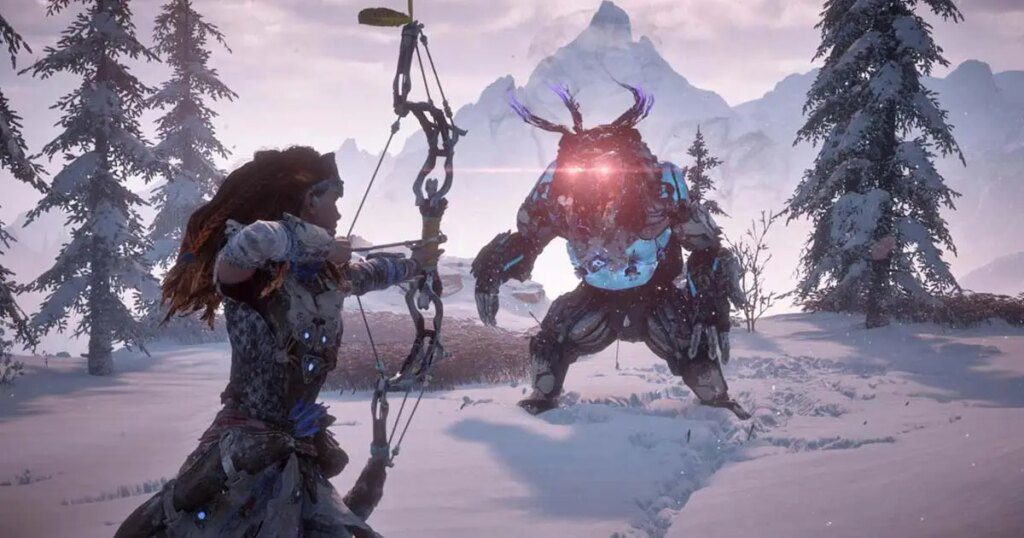Game art is the visual aspect of video game creation and includes characters, environments, and props. It is a crucial part of the game development process as it brings the story to life, immerses the player in the world, and makes the game memorable. The process of creating game art involves collaboration between artists, programmers, designers, and producers. The process generally involves creating concept art, modeling 3D models, texturing these models, rigging them, creating animations, lighting, and sound design. Popular tools include Autodesk Maya, Adobe Photoshop, Substance Painter, Unity, and Unreal Engine. Understanding the complexity of game art can help players appreciate the final product even more.
Introduction
Have you ever wondered how your favorite video games are created? You may have seen the final product on your screen or console, but there are countless hours of work and collaboration that go into making a great game. One of the most important aspects of game design is the art. In this article, we’ll explore the world of game art and the techniques and tools used by game designers.
Game Art: What It Is and Why It Matters
Game art is the visual aspect of a video game. It includes everything from character designs to environments and props, and plays a crucial role in the overall experience of the game. Good game art can bring a story to life, immerse the player in a world, and make a game truly memorable.
The Process of Creating Game Art
Creating game art is a highly collaborative process that involves many different professionals, including artists, programmers, designers, and producers. The process can vary depending on the size and scope of the project, but generally involves the following stages:
Concept Art: The first stage of game art is creating concept art, which is a visual representation of the initial ideas for the game. This can include sketches, mood boards, and color palettes. It’s important for concept art to capture the tone and feel of the game, as well as provide a direction for the artists and designers.
Modeling: Once the concept art has been approved, the artists begin creating 3D models of characters, environments, props, and other elements that will appear in the game. This involves using specialized software such as Autodesk Maya or Blender to create the models from scratch, or using a 3D scanner to create accurate representations of real-life objects.
Texturing: Texturing is the process of adding color and detail to the 3D models to make them more realistic and visually appealing. This involves using specialized software such as Adobe Photoshop or Substance Painter to create detailed textures that can be applied to the models.
Rigging: Rigging is the process of adding a skeleton to a 3D model, which allows it to be animated. This is done using software such as Autodesk Maya or 3D Studio Max, and involves adding bones and controls to the model to allow it to move realistically.
Animation: Once the models have been rigged, the animators begin creating animations for the characters and objects in the game. This involves using software such as Autodesk Maya or Adobe After Effects to create realistic movement and actions for the models.
Lighting: Lighting is an essential part of creating a realistic and immersive game world. This involves using software such as Unity or Unreal Engine to create dynamic lighting that reacts to the environment and characters.
Sound Design: Sound design is an often overlooked aspect of game art, but it’s crucial for creating an immersive experience. This involves creating sound effects for the environments, characters, and objects in the game, as well as composing music that fits the tone of the game.
Tools Used in Game Art
Creating game art requires a variety of specialized tools and software. Here are some of the most commonly used tools in the industry:
Autodesk Maya: This is a 3D modeling and animation software used by many game designers to create characters and environments.
Adobe Photoshop: This is a powerful image editing software used for texturing and creating concept art.
Substance Painter: This is a texturing software used for creating detailed and realistic textures for 3D models.
Unity: This is a popular game engine used for creating 2D and 3D games. It includes tools for modeling, animation, lighting, and sound design.
Unreal Engine: This is another popular game engine used for creating high-quality 3D games.
Conclusion
Creating game art is a complex and collaborative process that requires a variety of specialized tools and techniques. From concept art to sound design, every aspect of game art plays a crucial role in the overall experience of a video game. Understanding the behind-the-scenes work that goes into creating game art can help players appreciate the final product even more.
